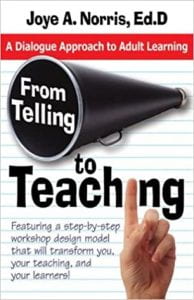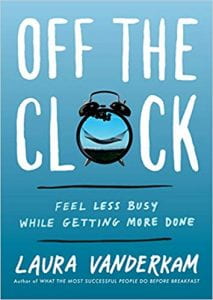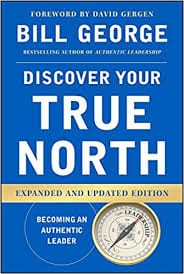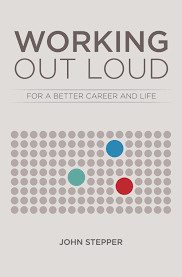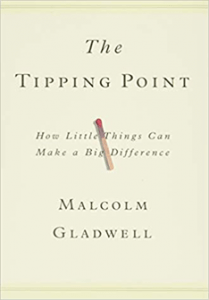 Malcolm Gladwell is a British-born Canadian author of five New York Times bestsellers: The Tipping Point, Blink, Outliers, What the Dog Saw, and David and Goliath.
Malcolm Gladwell is a British-born Canadian author of five New York Times bestsellers: The Tipping Point, Blink, Outliers, What the Dog Saw, and David and Goliath.
I have read David and Goliath, Blink, and The Tipping Point. I would like to offer my opinion on The Tipping Point.
The Tipping Point is a book that makes you consider why certain products or ideas catch on. I was reading about how programs might catch on in relationship to the work I do as an educator.
Gladwell provides the building blocks for those interested and willing to consistently implement those building blocks to find the tipping point for your product, idea, or program.
He outlines the importance of the 80-20 Rule. That 20 percent of a group tends to influence 80 percent of the outcome. For example, 20 percent of employees produce 80 percent of the work. He also provides examples of the connections between ideas and who are the folks that can carry the idea forward. Who are the champions you need in your circle, who are the influences and the mavericks that can bring the idea forward?
This book provides many real examples of how trends, beliefs, and real change can take place in our agencies and our communities by finding those tipping point.
Submitted by Bonnie Collins, Sr. Ag Program Director for CCE Oneida County
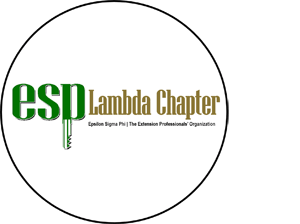
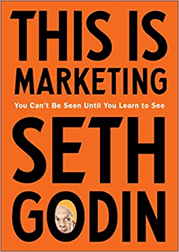 As an extension educator with quality needed programing, I was confronted with low program participation. I question, is it the program topic or the marketing of the program?
As an extension educator with quality needed programing, I was confronted with low program participation. I question, is it the program topic or the marketing of the program?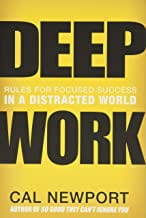 2020 was a mind-bending, challenging year for most. A colleague recently recommended Deep Work, by Cal Newport as I complained that “man, there are so many things getting in the way of my big projects this year”. I’ve been listening to this one as I walk the dog in the morning – and happy to say – I am inspired.
2020 was a mind-bending, challenging year for most. A colleague recently recommended Deep Work, by Cal Newport as I complained that “man, there are so many things getting in the way of my big projects this year”. I’ve been listening to this one as I walk the dog in the morning – and happy to say – I am inspired.